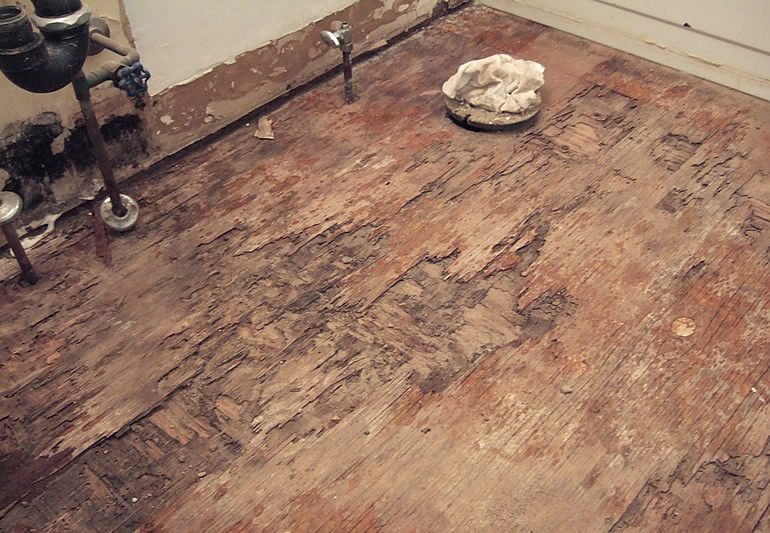
For properties that are in slab areas, humidity can get trapped underneath the floor. As moisture tries to evaporate upwards, the subflooring materials tend to get damaged. So, to keep your family members from further damaging the floor, you will surely want to replace your subflooring and install a new flooring. But before you can do that, you will have to get rid of the old and rotten subflooring first. Let’s check out how you must do this task.
Combating Moisture
Floors usually does not rot by itself unless it is considered as a historical landmark. The culprit for this is most probably moisture. So, before replacing the subflooring, it is important that you determine the origin of the moisture first so that you work will not be pointless. Check the crawlspace areas that are around the windows, attic, or water lines for any water damage signs.
If you cannot find any clues on those, then it is possible that the moisture is coming from the ground that is around the house. It is possible that older homes do not have water-resistant barriers in between the home and the ground. If this is the scenario, then consider installing one.
Also, you must know that one reason why water will pool outside your house is because of the lack of rain gutters. Aside from installing ample guttering, you should also install some crawlspace fan so that the vapor can escape from your house’ under belly.
Inspecting the Floor Joists
Subflooring tends to be vulnerable to rotting because of its thinner and cheap materials – a plywood or from of particleboard. Floor joists need lesser maintenance and are more durable. But it is vital that you inspect the joists first before you start the job. If these are too rotten, you will surely have more work to do than by simply replacing a rotten subflooring.
To Replace or to Patch?
You can simply patch the decayed spaces of the floor when you get to handle the moisture problems already and if there are only sections of rotten floor. Since this is an easy fix, you must make sure that the remaining floors of your house will still match each other. Patching can unlevel the floors hence leading to a couple of annoying problems at home. If you find it impossible to patch the floor without leaving unlevel areas, you may opt to consider removing the entire subflooring and replace it.
Proceed With Cutting
Once you are done removing the top-side hardwood flooring, carpet, or tile from the subflooring, you will surely find some holes in the floor which will help you measure the subfloor material’s thickness. Measure the subflooring’s thickness carefully and use this measurement to set your circular saw’s depth. Setting this thickness to the circular saw will assure you that your floor joists will not get damaged while cutting.
For those parts that are less rotten, you will have to make cuts using the circular saw. For those sections that are rottener, you can knock these out using a sledgehammer stroke. In cleaning up those jagged edges, a reciprocating saw can do the work. Take note that you should remove all the subfloor nails that remains using a pry bar and pick these up from the crawlspace. Also, when doing this, you must make sure that you use necessary protective gears.
If you find these steps as a complicated and time-consuming job, then you better hire a demolition team. If you wish to hire the best demolition company in town, contact Conway AR Demolition Contractor immediately.
Having problems with a stripped screw? Check out the 4 Ways You Could Do to Remove a Stripped Screw.